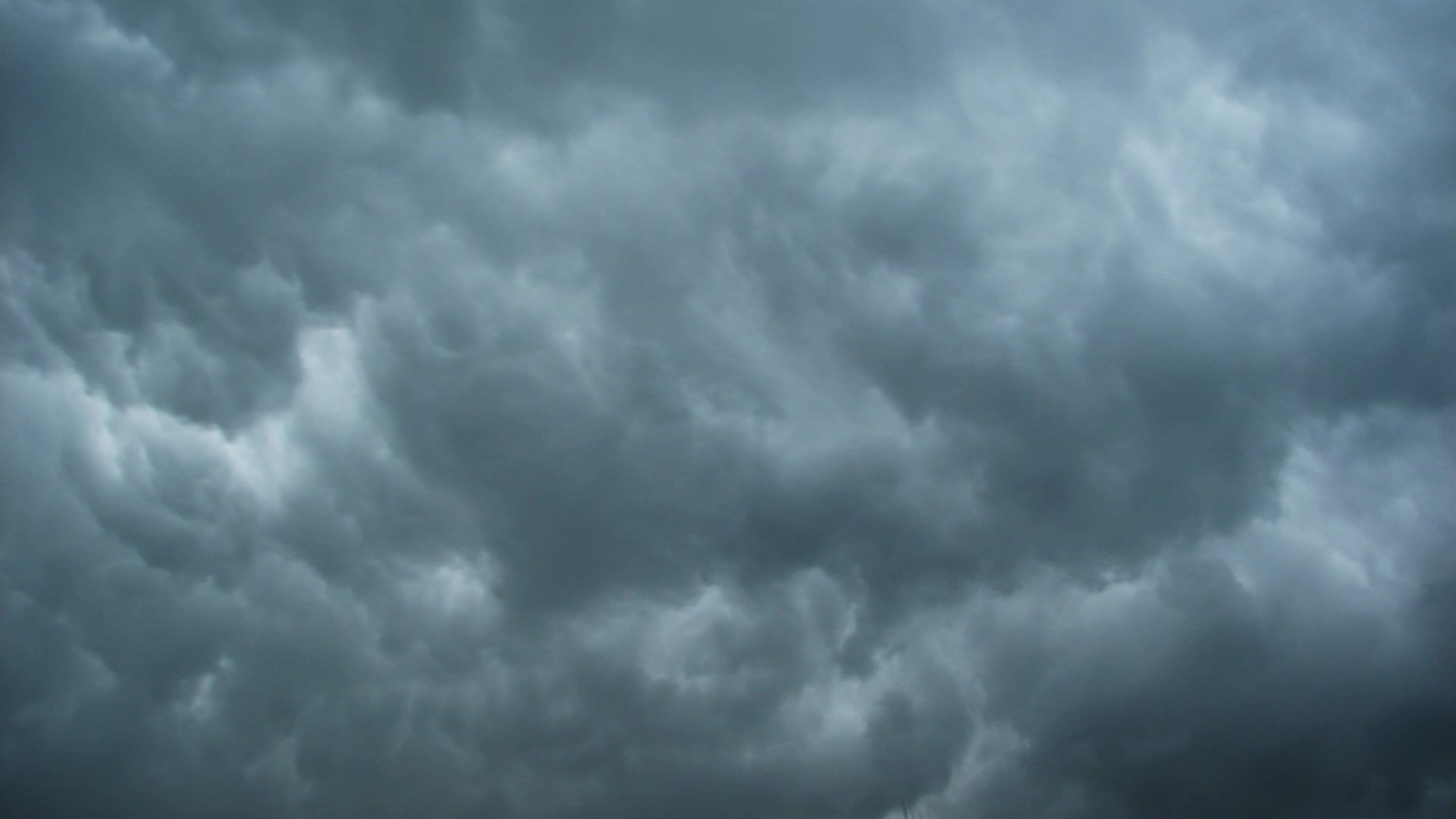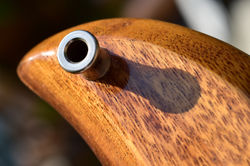
Fernandes EG-160 — Eagle Copy Model (1982–1984)
There is no serial number stamped on the back of the headstock,
but the “F” logo on the front matches perfectly, leaving no doubt that this is indeed an EG-160.
It appears that the pickup rings (escutcheons) have been replaced.
Fernandes stamped serial numbers on the back of the headstock from the late 1970s until around 1982,
so this guitar was likely made after that period—more precisely, sometime between 1982 and 1984.
By 1985, the model had already disappeared from the catalog,
which supports this estimate.
The wing wood is not koa, but rather monkey pod,
evident from its straight brown-to-dark-brown striping and large, open pores.
This gives the guitar a noticeably different appearance and atmosphere
compared to my earlier FEG-160, which featured beautiful koa wings.
The change in model name—from FEG-160 to EG-160—was likely Fernandes’s way of signaling
that this was now a different instrument in substance as well as in name.
While monkey pod lacks the visual and monetary prestige of koa,
it offers a warmer, smoother tone,
with richer lows and mids rather than koa’s shimmering brilliance.
In its own way, it’s an equally satisfying voice.
Weight: 3.87 kg (including strings).
(Updated October 25, 2025)
 |  |  |
|---|---|---|
 |  |  |
 |  |  |